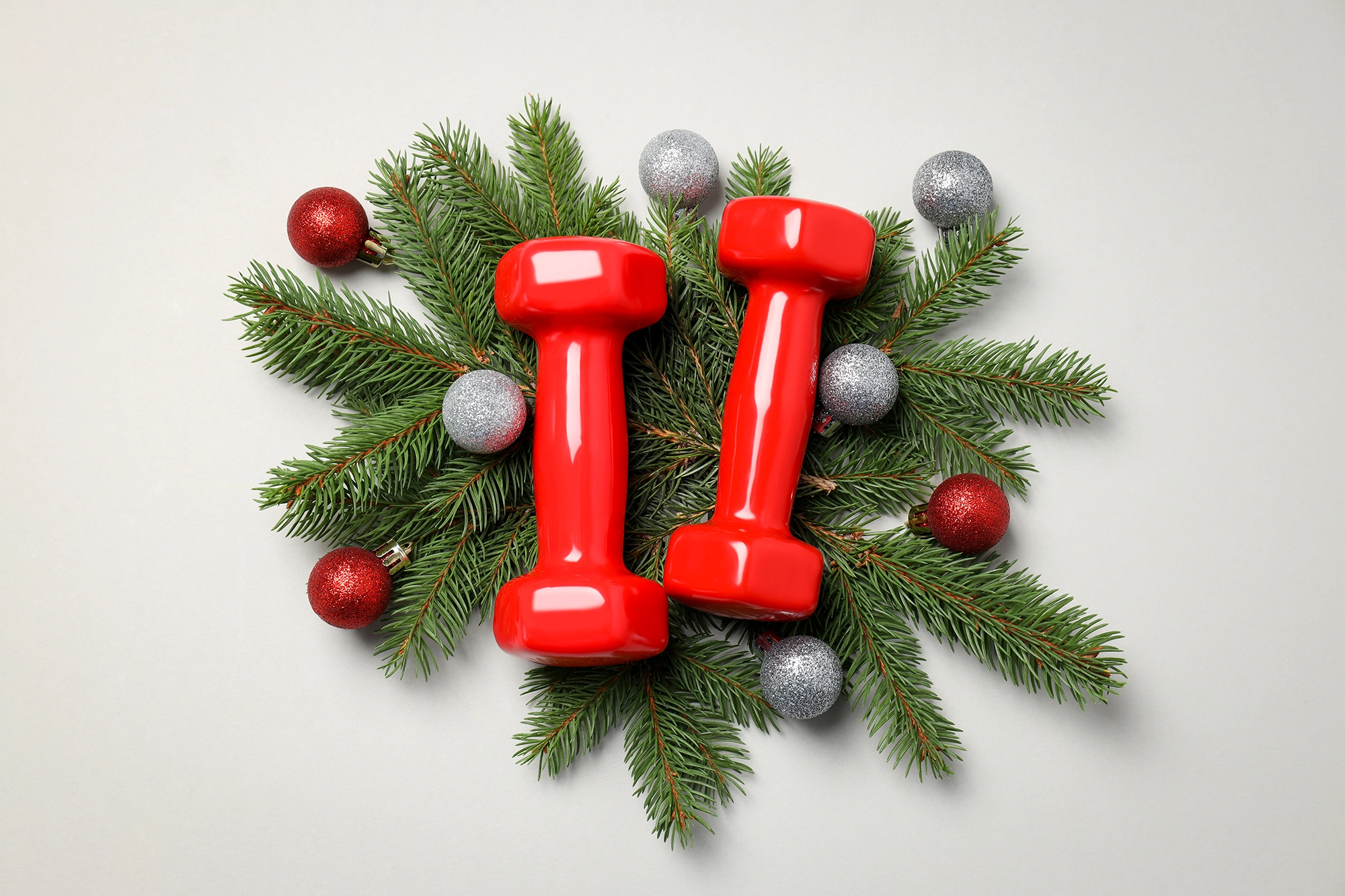January 5, 2023
How to Choose the Right Weights for weight lifting


With all this in mind, you may wonder how to choose the amount of weight to lift. That’s where things may get a little tricky because most formulas are based on your 1-rep max (1RM), which is the maximum amount of weight you can lift at one time. The problem is that most of us don’t go through the process of figuring out the 1RM for every exercise we’re doing.
For weight loss, lifting between 60% and 80% of your 1RM is the best way to stimulate muscle growth, which is what helps you lose fat.


The other problem is that if you wanted to find your 1RM for every exercise, it’s just not safe. There’s a whole procedure to go through to get your body warm enough to lift the max amount of weight and you need a professional to help you do that so you don’t get hurt.
So how do you figure out how much to lift if you don’t know your 1RM? You can estimate the amount by counting the number of reps you can do—with good form—with different weight amounts. For example, try using a 5-pound dumbbell for biceps curls. If you can do 20 reps easily, the weight may be too light.


If you’re a beginner, it’s a good idea to keep your reps between eight and 16, particularly if you’re lifting weights to lose weight, get fit, and stay strong.
- If you lift 60% to 80% of your 1RM, that means your reps will be somewhere between 10 and 20 repetitions, which is appropriate for a new lifter.
- Lifting at 80% and above takes you down to the lower rep range, which is where you’ll be if you’re trying to gain size. This is usually for more advanced weight lifters, but you can easily work your way up to that if you take your time.
Looking at it that way, the amount of weight you use is determined not only by your fitness level but by the number of reps you’re doing. If you’re doing eight reps, you’ll lift heavier than you would for 16 reps.
Weight Lifting for Weight Loss


The important thing to remember when it comes to strength training is that you must give your muscles more weight than they can handle—that’s how muscles grow. Increased muscle mass leads to an increase in metabolism, which helps fuel weight loss. Keep in mind, though, that muscle typically weighs more than body fat, so as you build muscle you may not notice much movement on the scale. For this reason, most experts recommend using other tools to measure your progress like how you feel and how the fit of your clothes change.
Once you have built a foundation of strength fitness, increase the amount of weight you lift. And remember that this is a mental game, not just a physical one. If you haven’t pushed your body’s limits in a while, just the act of lifting weights may be all you can handle. Here’s how you get started if you’re a beginner.


- Choose a weight you can lift 16 times. This is hit or miss, so you’re experimenting. You don’t need to go to complete muscle failure, but make sure you’re challenging your body. If you can do more than 16 reps, increase your weight next time.
- Begin with 1 set of each exercise, slowly working your way up to 2 to 3 sets by adding a set each week.
- When you’ve added sets and have a solid foundation, after about 4 or more weeks, add more weight so that you can only finish 12 reps of your exercises.
- Continue to progress by adding a rep each week until you reach the max reps, no more than 16, increase your weight and drop your reps back down to 10 to 12.
Source: https://www.verywellfit.com/are-you-lifting-enough-weight-1231071
Disclamier: Disclaimer: This article provides information related to health such as exercise, fitness and/or nutrition, and is intended for educational and informational purposes. DRTVproducts (Pvt) Ltd strongly recommends that you consult with your physician before beginning this or any other health program, especially if you are pregnant or have existing health conditions.






















